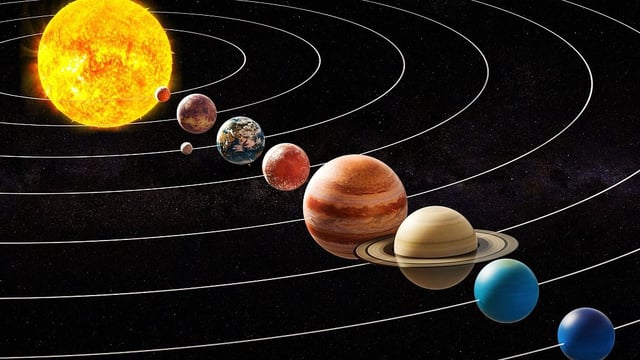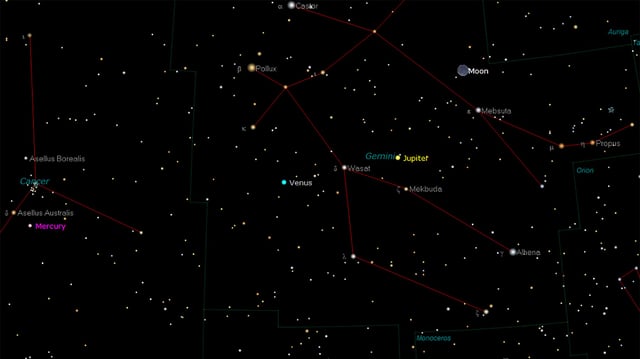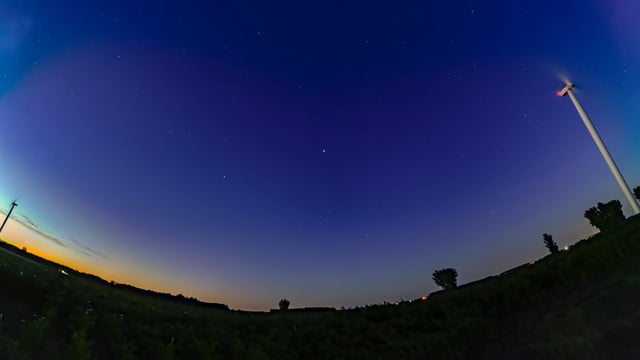Overview
- Mercury reaches greatest western elongation on Tuesday, Aug. 19, briefly making it easier to join Venus, Jupiter and Saturn in a six-planet view with a waning crescent moon.
- Look east about 45–60 minutes before sunrise from a location with a clear low horizon; Mercury will hug the horizon, and light pollution or clouds will quickly wash out the view.
- The lineup peaks for photography on Wednesday, Aug. 20, when a slender crescent appears very close to Venus with Jupiter above, a trio that will not be this tight with bright star Pollux again until 2039.
- Naked-eye planets are Mercury, Venus, Jupiter and Saturn, while Uranus near the Pleiades and Neptune near Saturn are too faint to see without binoculars or a telescope.
- This is the last multi-planet viewing opportunity of 2025, an optical effect of the ecliptic rather than a true alignment, with the next widely noted parade expected in October 2028.



